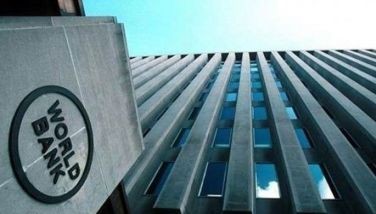Pandemic erases gains in poverty reduction — PIDS
MANILA, Philippines — The prevailing pandemic can potentially reverse gains in poverty reduction over the past five years and push poverty incidence higher than 2015 levels, according to the Philippine Institute for Development Studies (PIDS).
The state-run think tank said while the Philippines has made significant gains in poverty reduction since 2018, the pandemic-induced recession can reverse gains made in regions which have been seeing reduced poverty and worsened the incidence in regions that continue to have high poverty incidence.
“The global COVID-19 pandemic in 2020 has caused economic recession in many countries, including the Philippines. This can reverse the gains made in recent years and push poverty rates higher than the 2015 levels.”
Poverty incidence fell to 16.7 percent in 2018 from the revised 23.5 percent in 2015.
At a population of more than 100 million, the 2018 poverty incidence translates to around 17 million Filipinos living below the poverty threshold of P10,727 monthly for a family of five, the minimum income needed to satisfy basic food and non-food needs.
Poverty incidence is measured every three years. The next Family Income and Expenditure Survey (FIES) will be conducted this year for which a poverty estimate of as much as 17.5 percent has been made in consideration of the pandemic.
The National Capital Region and its surrounding regions such as Central Luzon and CALABARZON continued to have the lowest incidence of poverty while Eastern Visayas and some regions in Mindanao remained with the highest poverty incidence in 2018.
In an effort to sustain poverty reduction gains, the government has been enacting various policies and programs, including the conditional cash transfer program, social pension program, progressive taxation policies and universal access to tertiary education.
However, income inequality across regions and sectors remain. For instance, poverty incidence in rural and agricultural areas tend to be three times higher compared with those in urban areas.
Non-income-based indicators such as housing and access to water, power, and public infrastructure also affect poverty conditions as these influence ways people can maintain good health and productivity.
- Latest
- Trending























